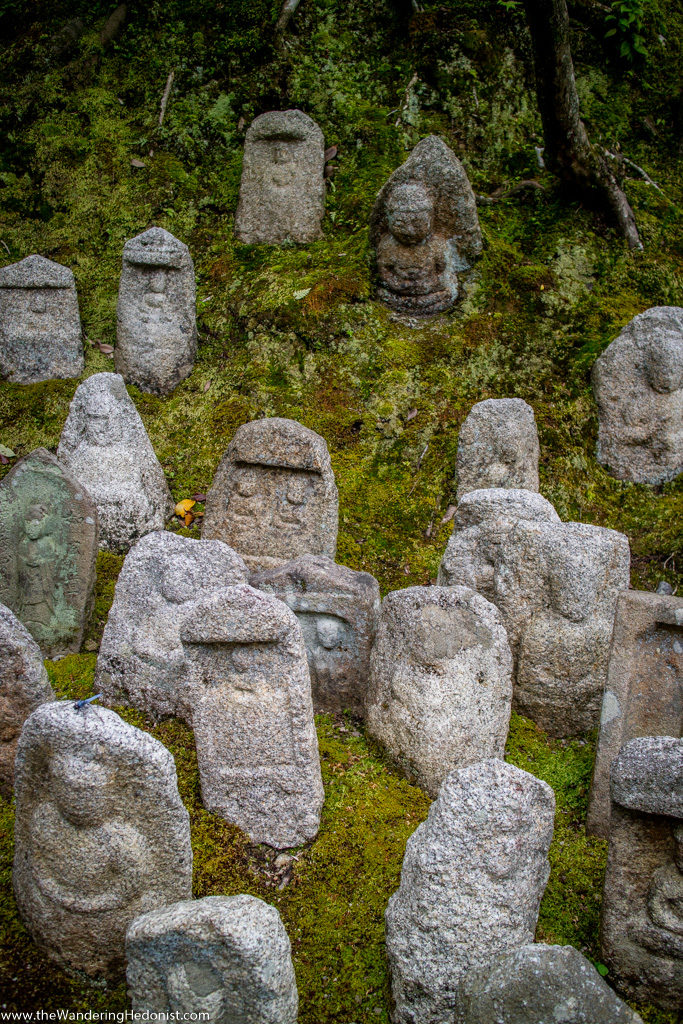
Kyoto is the religious and cultural center of Japan. It has over 2000 active temples, 1600 Buddhist and 400 Shinto. Spared most of the destruction of World War II, it remains one of the best examples of prewar city life and many Japanese visit the city to get in touch with their roots, wearing traditional dress and walking the old roads leading to the mountain temples.
I do not ascribe to any specific Buddhist tradition but out of all of the world’s religions the central tenets of Buddhism speak to me the most. Its focus on the connection of all things, the oneness of reality, and practical kindness have always resonated with me. And so I was excited to learn more about Buddhism in Japan, especially Zen Buddhism. I rented a small traditional house with tatami mat floors and sliding paper walls in the Gion district, the traditional Geisha district of Kyoto (home to many of the old world kaiseki restaurants). Here I could meditate in the mornings and center myself before heading out into the late summer heat to explore the city.

Kennin-ji, the oldest Zen temple in Kyoto
I chose a house only a block away from Kennin-ji. It was founded in 1202 by the monk Eisai who is credited with both bringing Zen Buddhism and green tea to Japan. He was buried on the grounds of this temple. In legends, the monk Daruma (or Bodhidharma to the Chinese) brought Buddhism to China in the 5th or 6th century where it mixed with Taoist thinking and formed the Zen school (or Chan in China).
Out of all the schools of Buddhism, Zen has been the most influential to me. (Excuse my generalizations, Zen has a complex past). Zen Buddhism shifts the focus of enlightenment away from sacred texts and dogma and onto direct experience and insight. I have always had an aversion to dogma and the trappings of religion but have always sought spiritual experiences and insights. And my interpretations of the Buddha’s teachings mirrored this. Before he was enlightened the Buddha mastered many religions and spiritual practices, finding neither happiness nor enlightenment. Only through direct insight was he awakened to the nature of reality. To me the Buddha taught to let go of dogma and to use his teachings as a pointer towards enlightenment, not as the truth in itself. To me a true Buddhist should shed themself of even the trappings of the word Buddhist. I really enjoy the book Buddhism Plain and Simple by Steve Hagen, a Zen priest, who presents Zen as secular philosophy, which is how I approach it. (Though traditional Zen does have its own scriptures and sutras.)
Zen meditation is practiced in many forms around the world, a focus on observing the breath and the mind, often in group sessions. This was the first meditation practice I was exposed to.
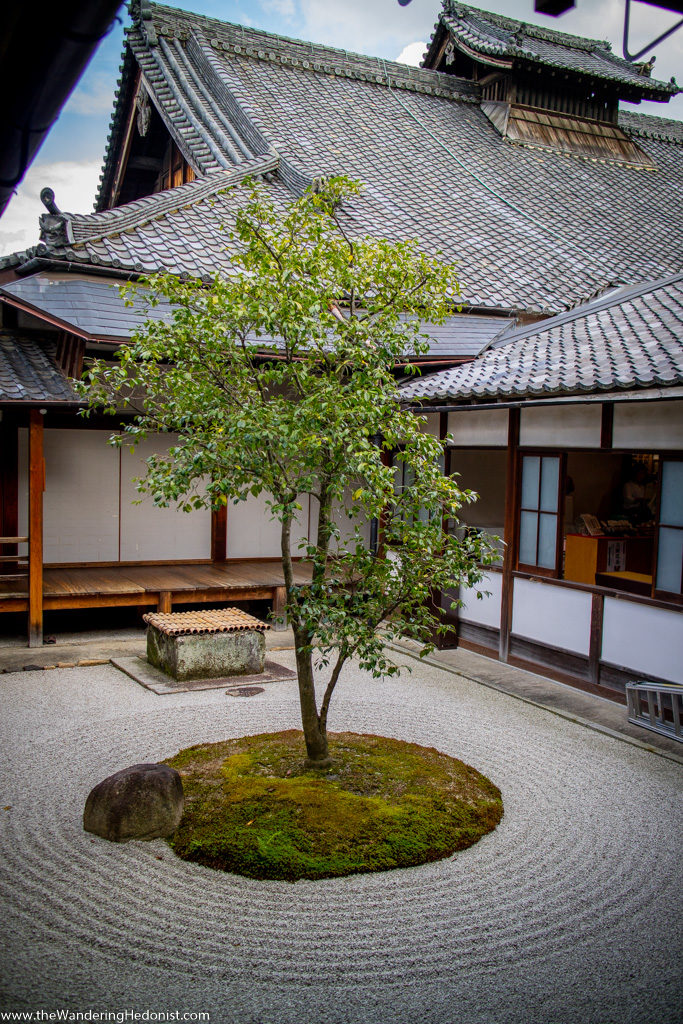
Circle, triangle, square, garden. This garden is based on the calligraphy of Sengai Gibon. The tree represents the circle or the infinite/ultimate reality. The garden corner the triangle, which represents man’s intellectualized forms of reality. The square is the triangle doubled, the proliferation of intellectual forms creating man’s notion of the physical world, sometimes called the 10,000 things. Together these three forms describe the dharmakaya (ultimate reality), the rupatkaya (the bodily existence) and the process in which man calls the bodily existence into reality.
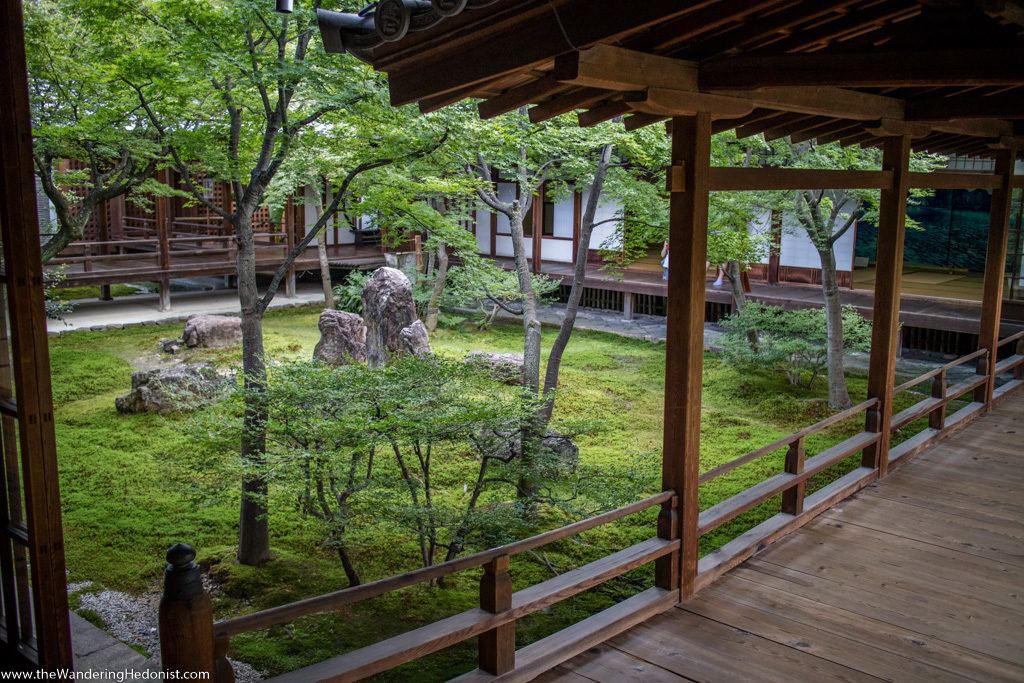
Chou-on-tei, “The garden of the sound of tide”. This includes the san-zon-seki, a triad of rocks representing the Buddha and two zen priests as well as zenzen-seki, a stone used for sitting in zazen meditation.
One thousand stone statues of Jizo Bosatsu
Off to the side of the bustling Kiyomizu-dera temple complex, completely abandoned, I stumbled upon a rolling mossy hill dotted with what I thought were little Buddha statues. Upon further reading I discovered these were a thousand stone statues of Jizo Bosatsu (O-Jizo-Sama), one of the most venerated bosatsu in Japan. A bosatsu or bodhisattva, is a protector or guardian of the living and dead. O-Jizo-Sama made a pledge to protect the souls of children who had died before their parents, because these children could not cross the Sanzu river (similar to the river Styx). He is the protector of dead children and travelers. These stone statues are often dressed in children’s clothes or adorned with the bibs of dead children, to honor the lost child (or more symbolically, red bibs). Pebbles are sometimes piled beside them in the hopes of raising the child’s karma in order for them to pass.
Unknowingly I was drawn to statues of O-Jizo-Sama, as, when reviewing what I thought were Buddha statues were mostly statues of him. You can tell by the tall staff in his right hand, often an orb in his left, and the presence of children either playing on him or hiding in his robes from demons.
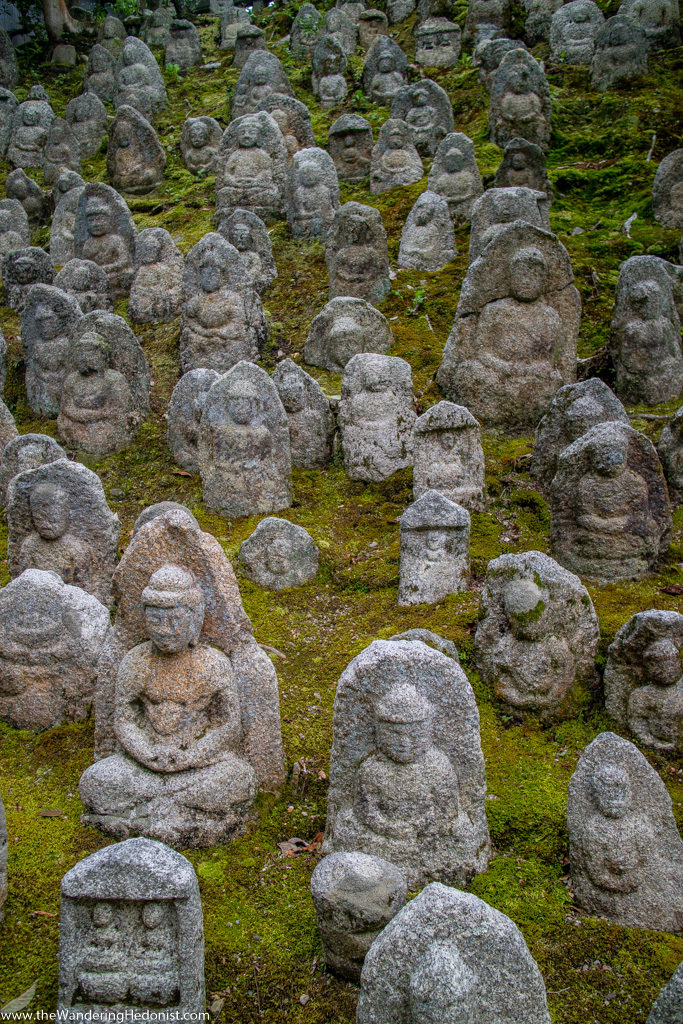


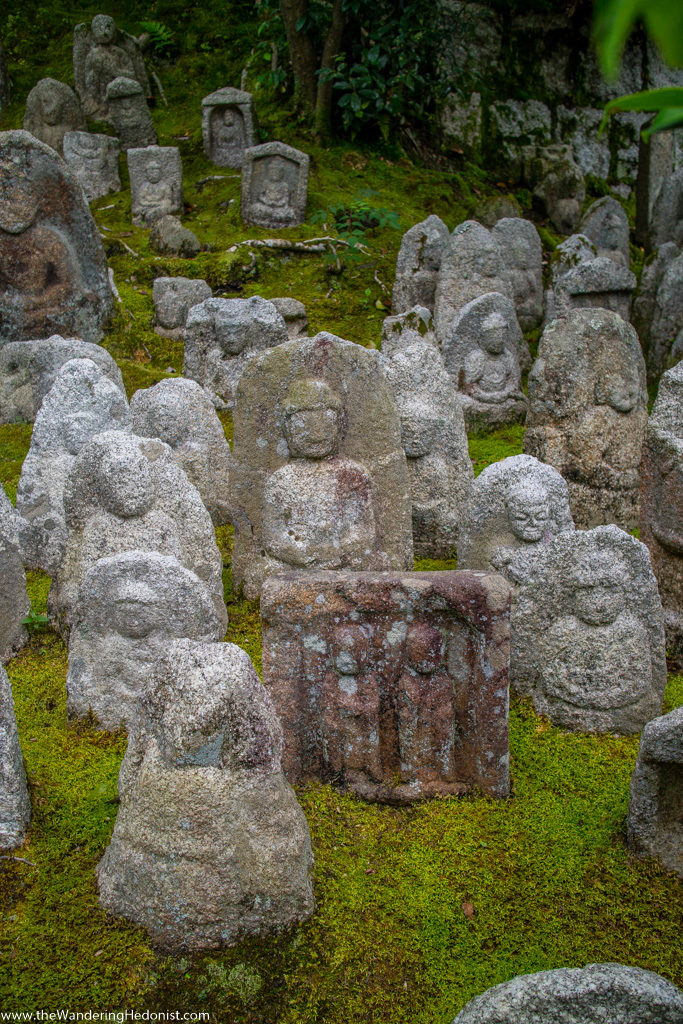
Higashi Hongan-ji
This enormous temple is the seat of Shin Buddhism and the founder’s hall enshrines the image and remains of Shinran, the founder of Shin Buddhism, who passed away in 1262. I did not previously know anything about Shin Buddhism and after some reading, the history is long and complex. I won’t go into that here. But the temple is absolutely enormous, one of the largest wood structures in the world. The temple includes historical depictions of its construction and samples of the ropes and sleds used to transport the gigantic beams from the mountains. The temple has burned down four times, this version being built in 1895. It’s quite close to the train station so if you find yourself at Kyoto station for a few hours, locker your bags and check it out.

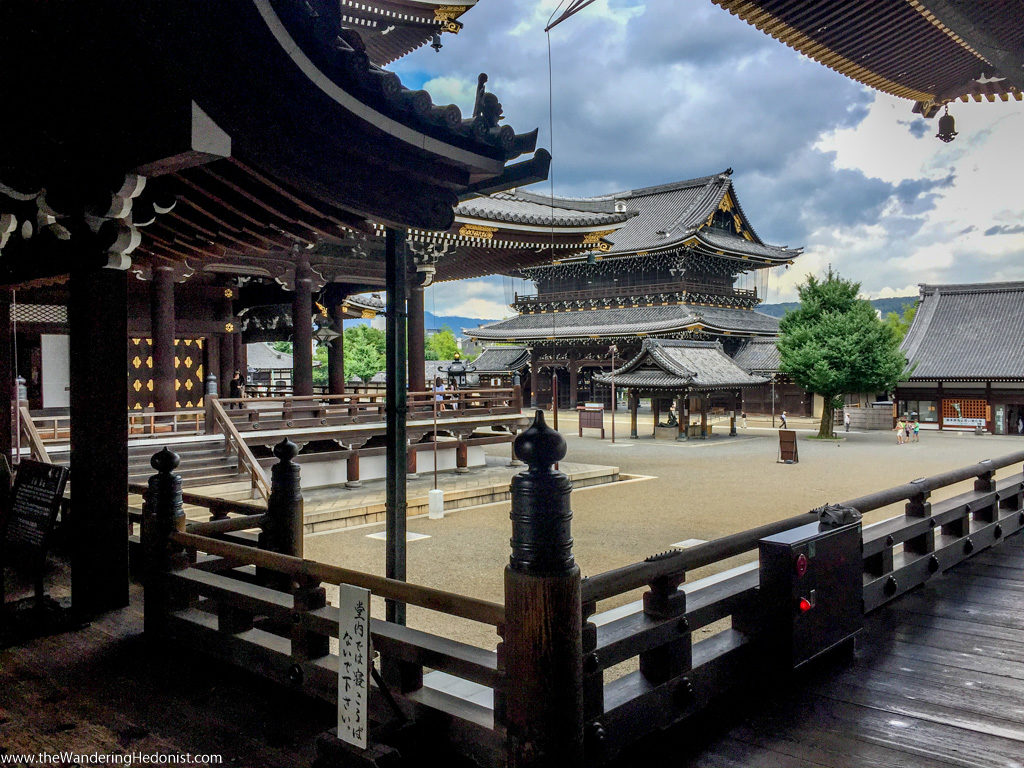
A walk through the Higashiyama district to the Kiyomizu-dera temple complex
Strolling through Higashiyama is like stepping back in time. Prewar era neighborhoods remain perfectly intact along a winding hillside pilgrimage to Kiyomizu-dera Buddhist temple at the top of the mountain, one of the most famous sites in Kyoto. Japanese visitors rent kimonos and wooden sandals and make the climb in groups, adding to the historic ambiance of the neighborhood. I walked the path of Chawan-zaka or Teapot Lane, which is lined with vendors and traditional shops. Along the way my daughter and I stopped at Okutan Shimizu, a very traditional tofu house.
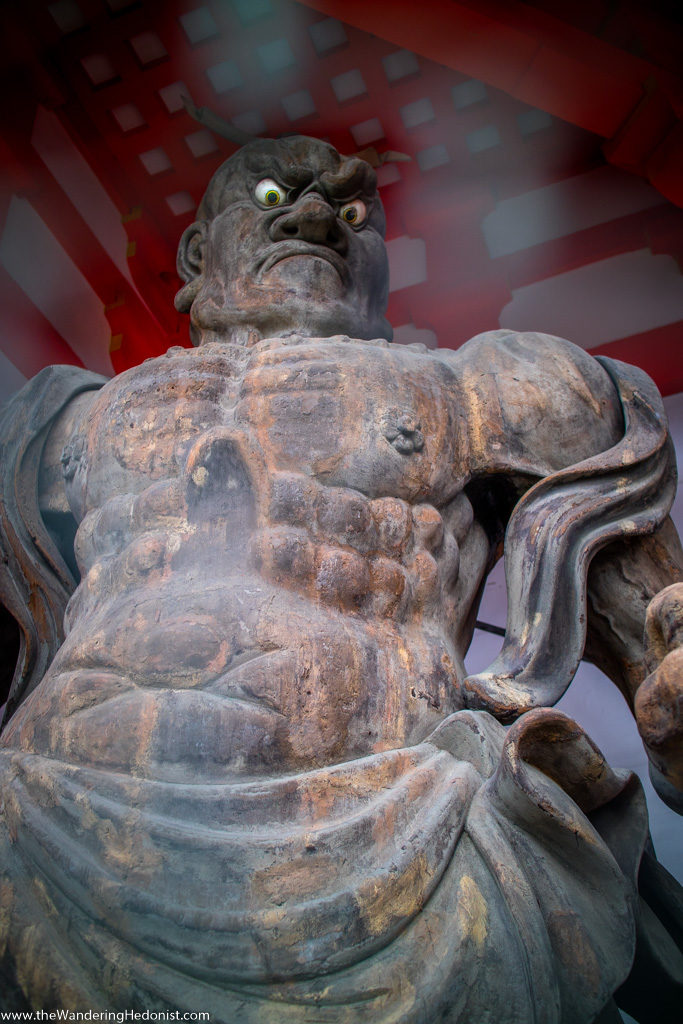
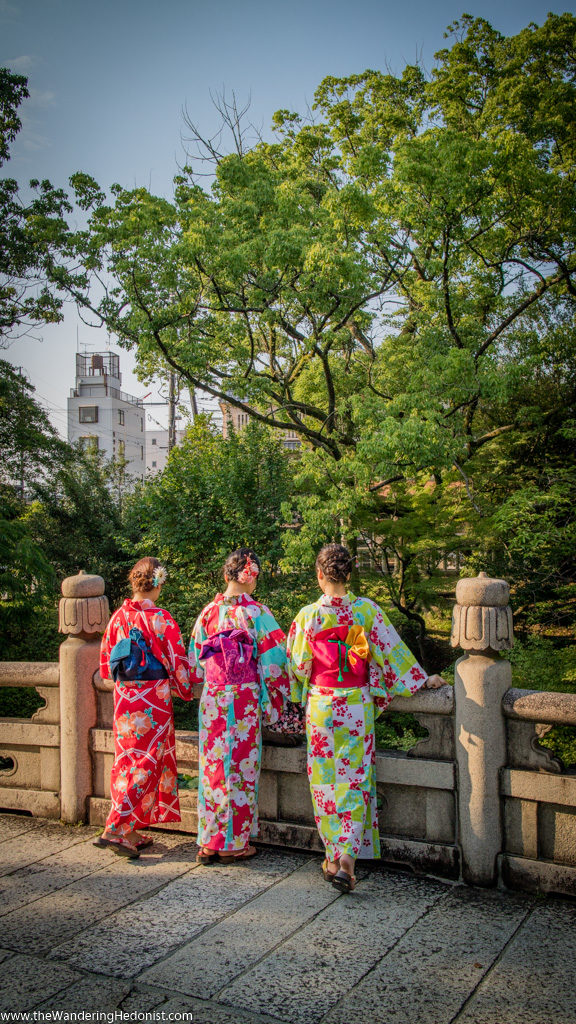
The hillside graveyard and the magical temple of Toribeyamataishakutenotsumyo
After reaching the summit of Kiyomizu-dera, I chose a path away from the crowds and down into a hillside cemetery that stretched into the distance. Huge crows gathered at the graves, perched ominously and mocking me with deep cackles. I love graveyards, the presence they have, old crumbling tombs, and this one is perched atop a mountain view of the city. Winding down we discovered a small temple called Toribeyamataishakutenotsumyo tucked into the trees guarded by an ancient cat that stood watch until we tried to friend it. Not a soul around. We spent a while here in the tranquil silence and hazy green afternoon light. This place seemed magical to me. As with all temples I did not take any pictures inside.
The tiny Buddhist temple
Around the corner from the house I encountered a small orange gate and beyond a small Buddhist temple. I don’t have much information about it. I encountered dozens of similar small temples throughout the city. Much too many to include. But I liked this one and got quite familiar with it.
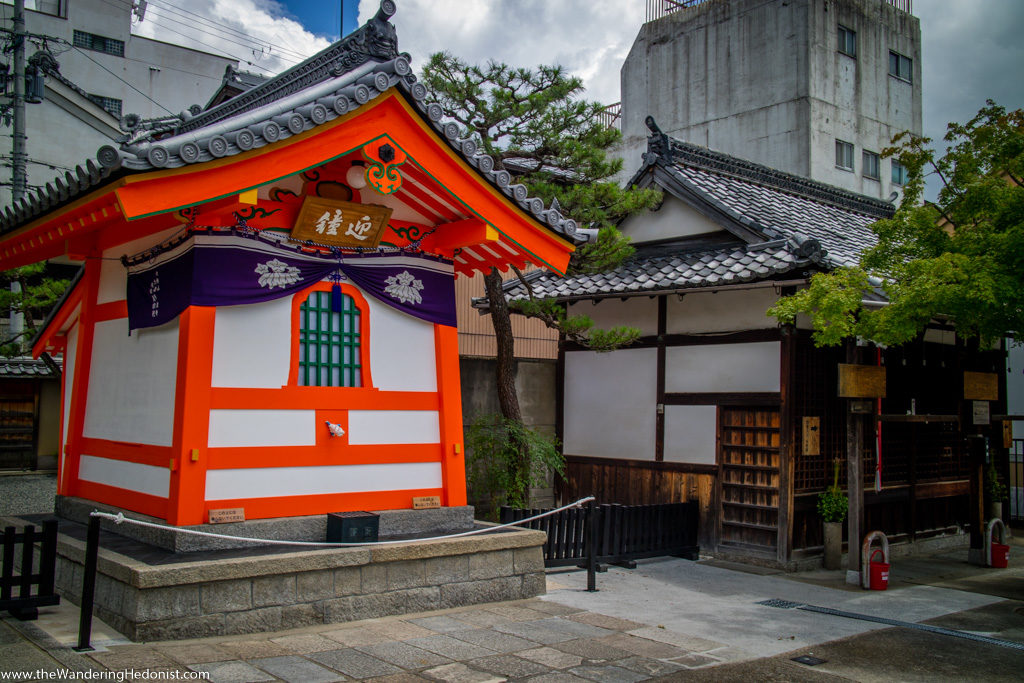
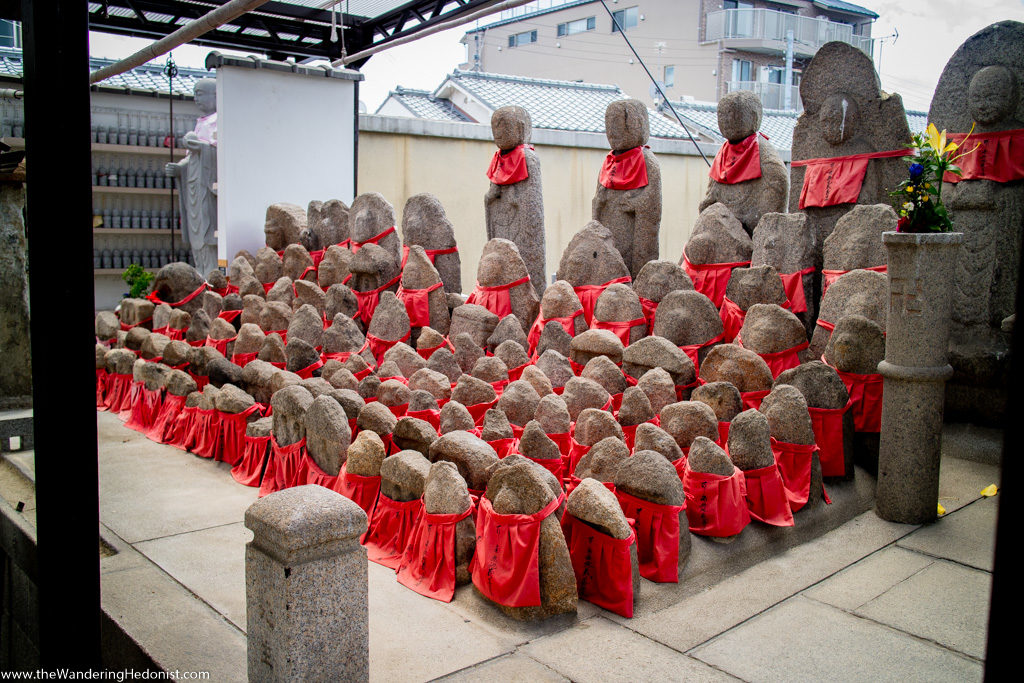
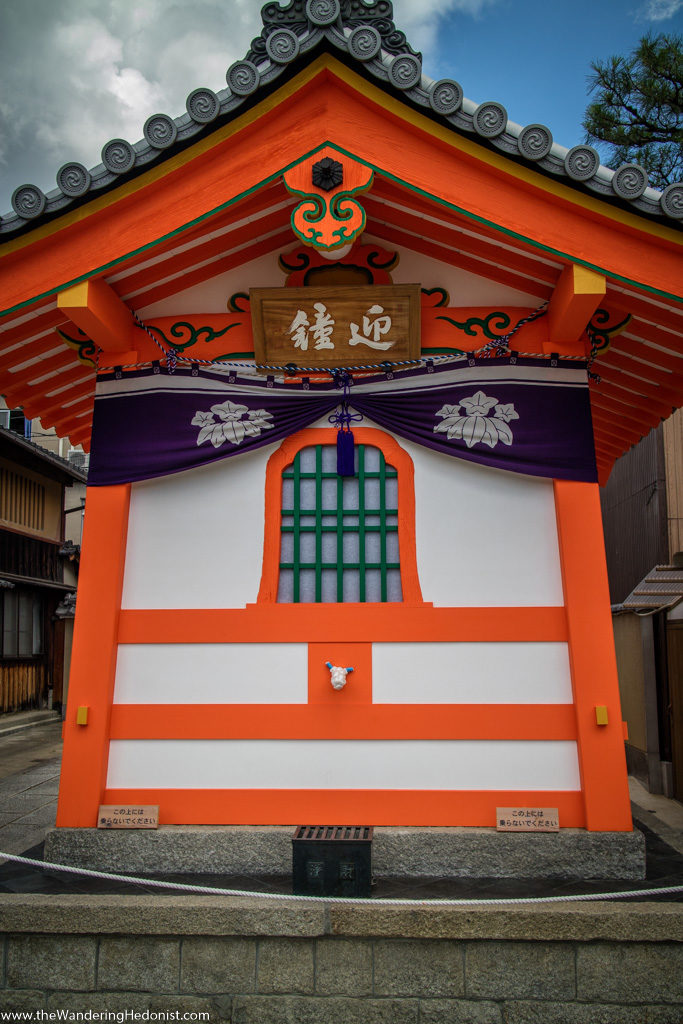
Chion-in
Further north from Kiyomizu-dera I visited Chion-in temple which is the headquarters of the Jodo-shu or Pure Land Buddhism. This sect was founded by Honen (1133-1212) who founded Pure Land Buddhism. The temple site includes both the area where Honen settled and the place where he died. The temple is home to Japan’s largest temple bell at 74 tons that requires a 25 man team to sound.
The temple was past closing when I arrived but I snuck inside with enough time to see the massive Sanmon gate, built in in 1619 and the largest surviving structure of its kind. Off to the side of the gate I found a hidden area with a statue of O-Jizo-Sama in a purple bib and a set of bells.
I also tried to make it to Shoen-in temple but arrived too late. But the trees surrounding the temple were enormous and I felt lucky just to experience them.
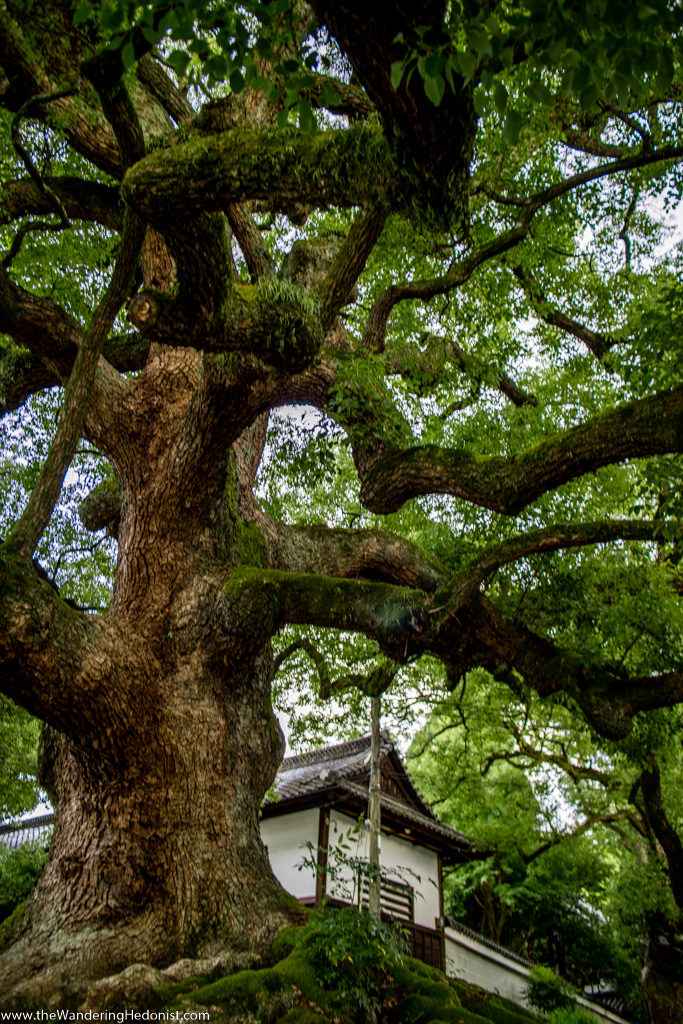
Mall temples. Shinkyogoku shopping district.
In downtown Kyoto, there are two long city roads that were primarily populated with shops. The streets have been covered with a glass canopy and the interior facade normalized so that the entire area looks like a long continuous mall. This is the center of Kyoto’s shopping district. However the ancient road once housed many of the city’s temples which exist today. It’s the strangest thing. You feel like you’re in a mall but between the Gap and luggage store is an ancient temple. And an active one. You encounter a temple on every block or more each filled with active religious members. This perfect balance between new and old.
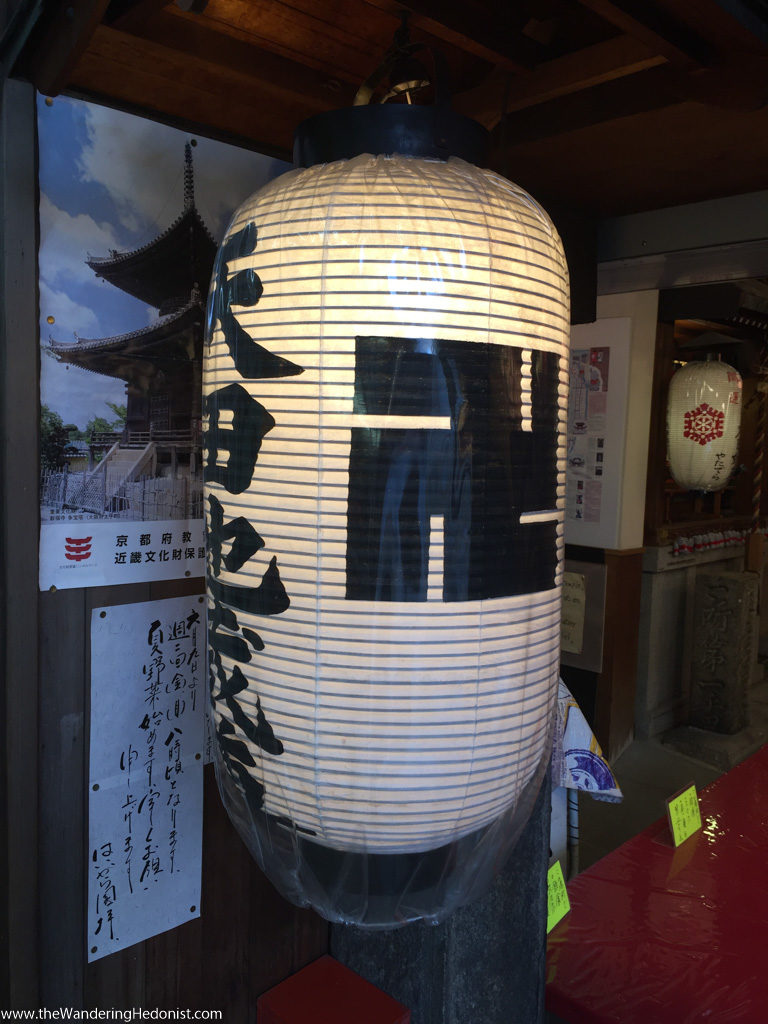
I spent a week in Kyoto and barely scratched the surface of the history and temples that are there. I definitely plan to return and spend more time understanding the city and it’s long history. I’ll keep you posted when I do.

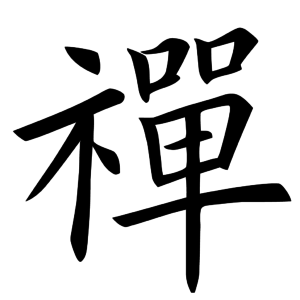

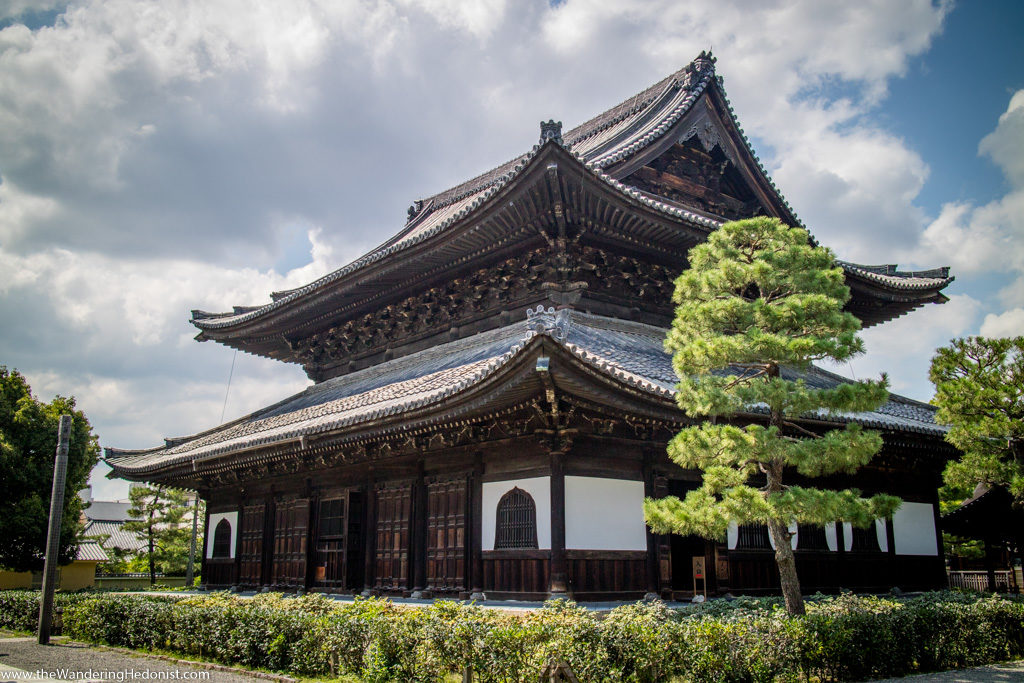
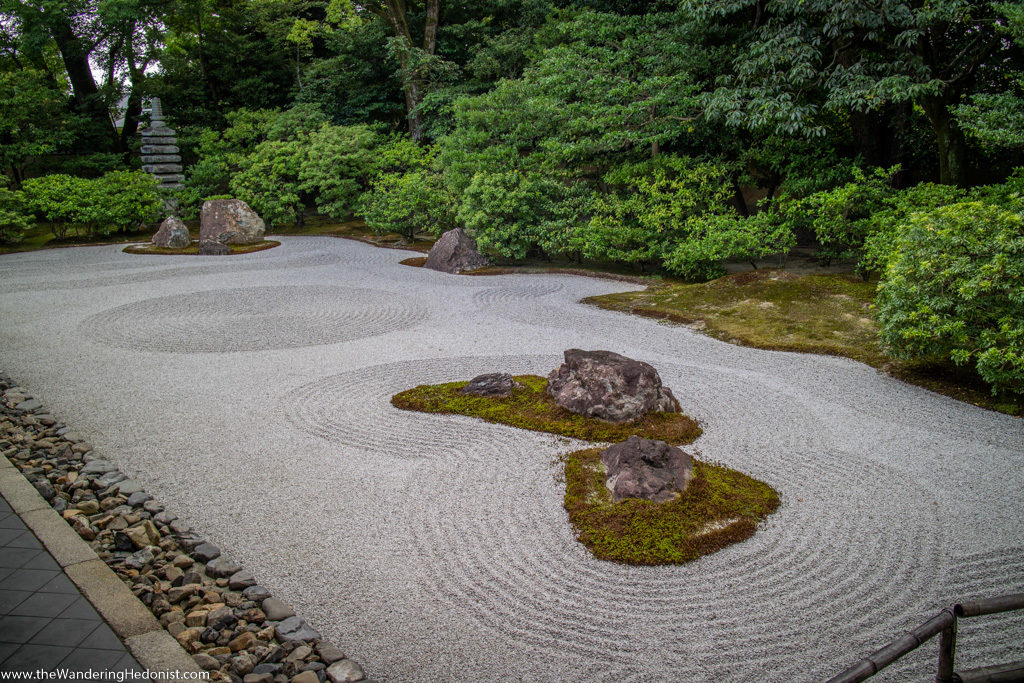

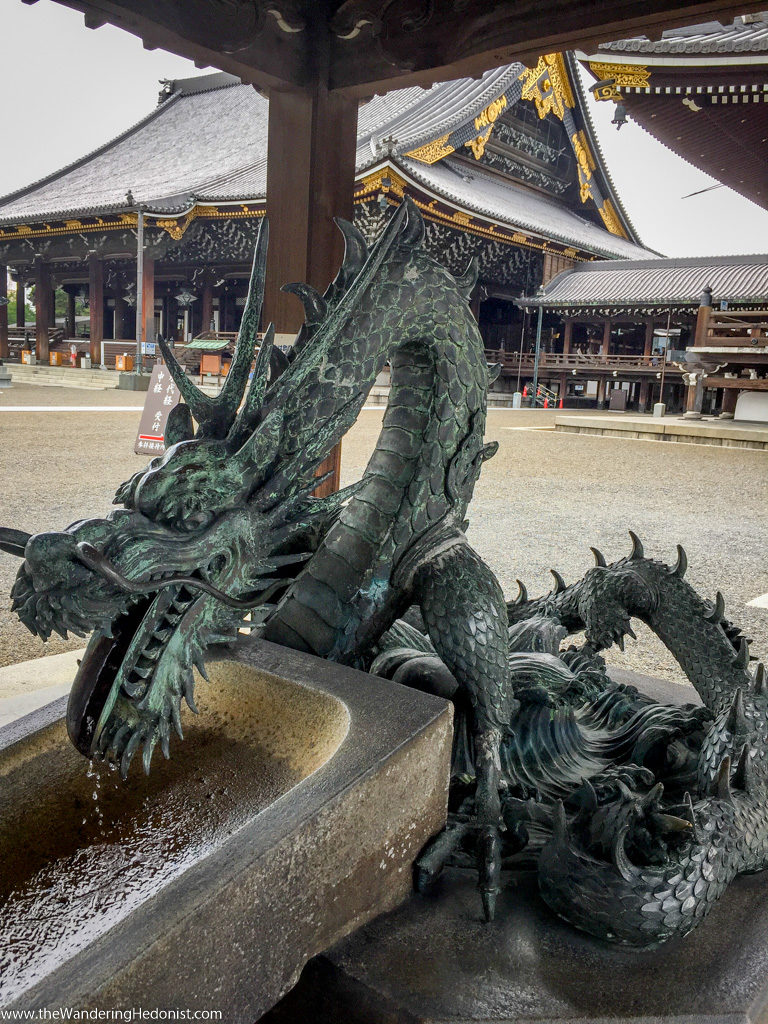

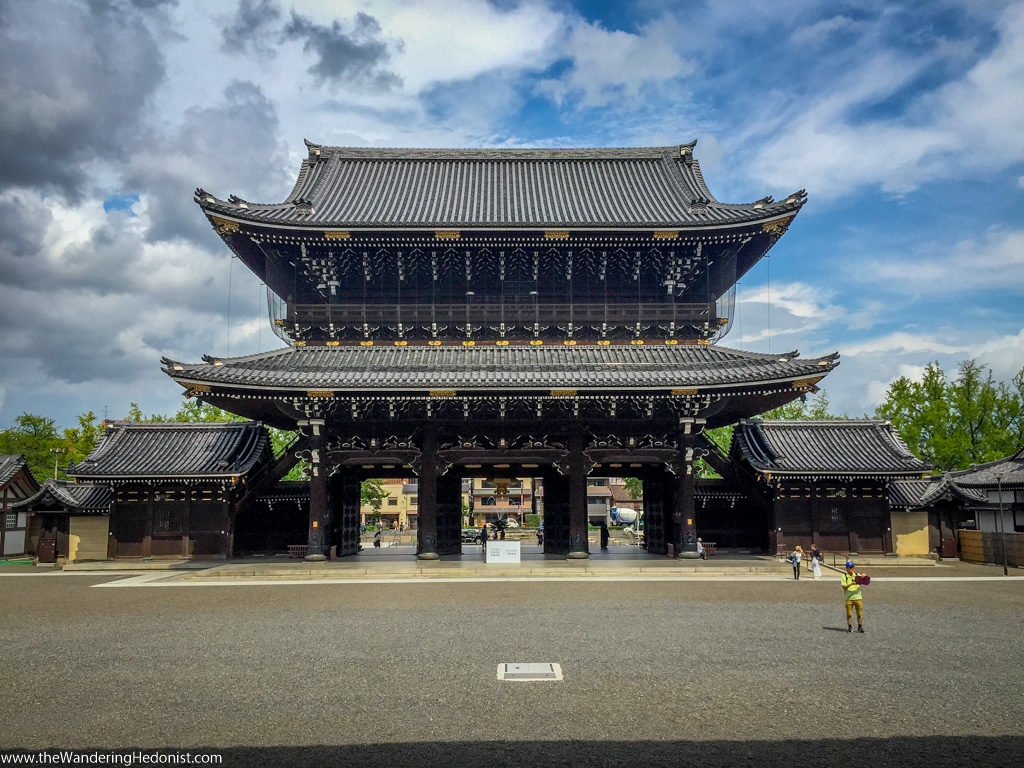

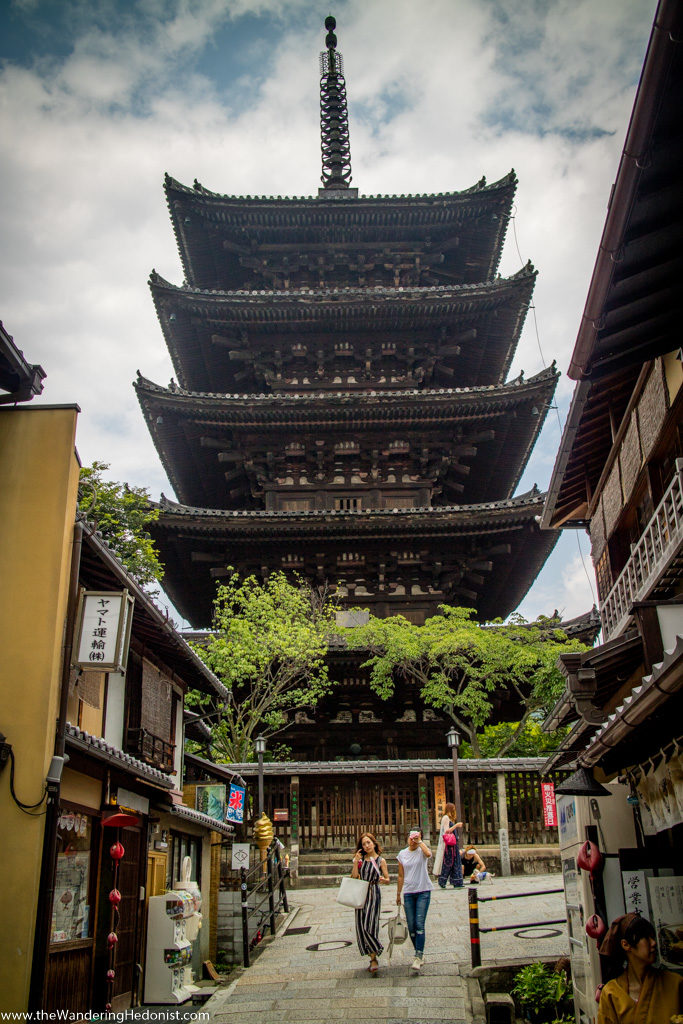
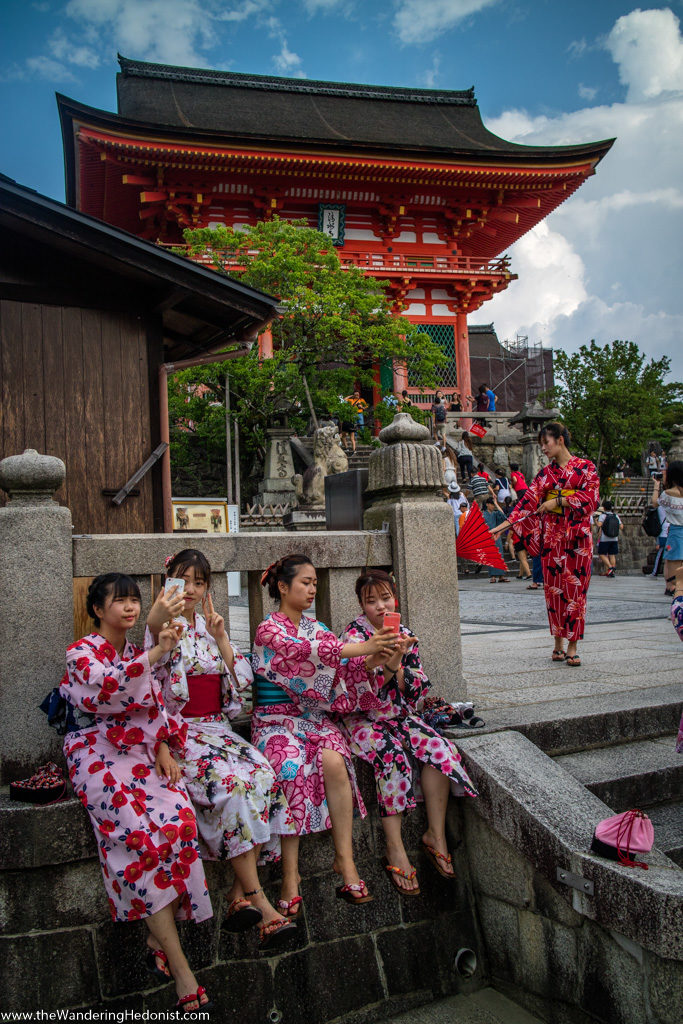
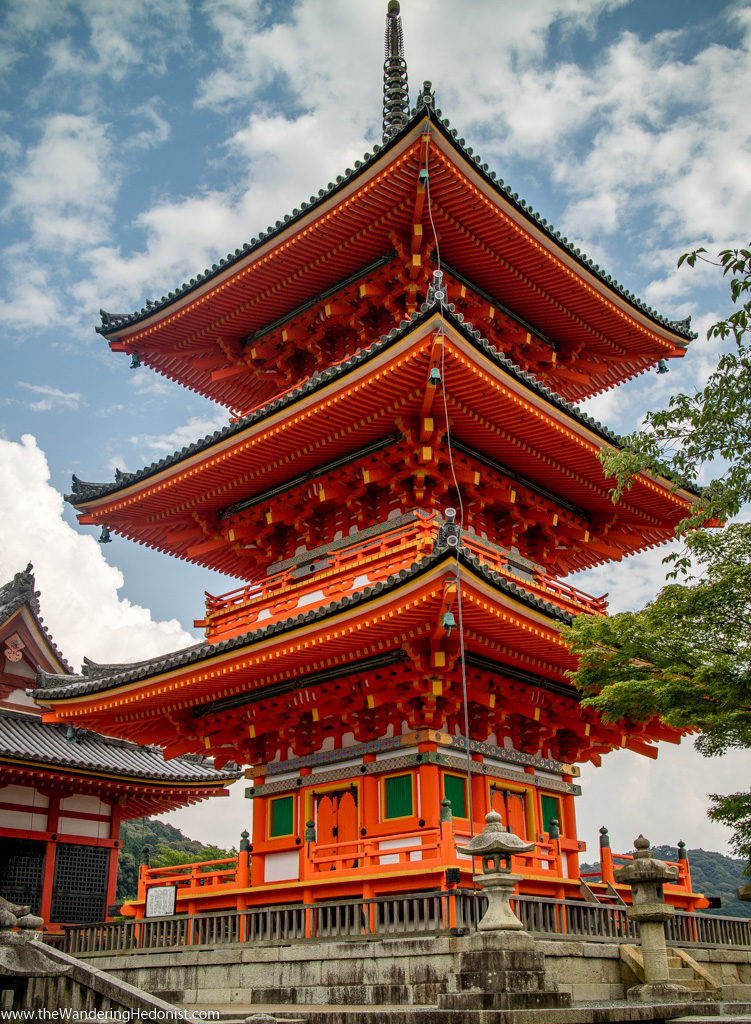

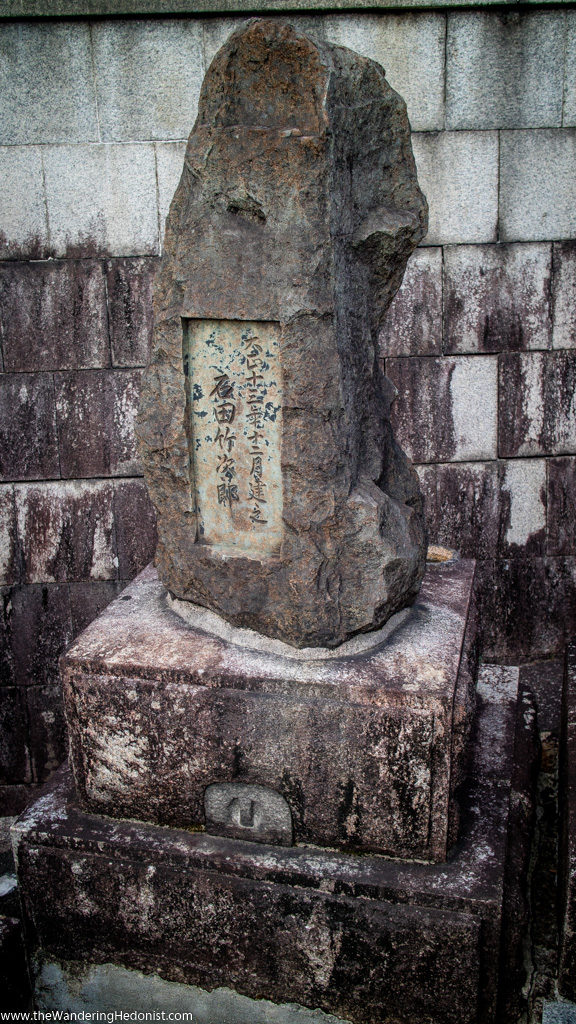

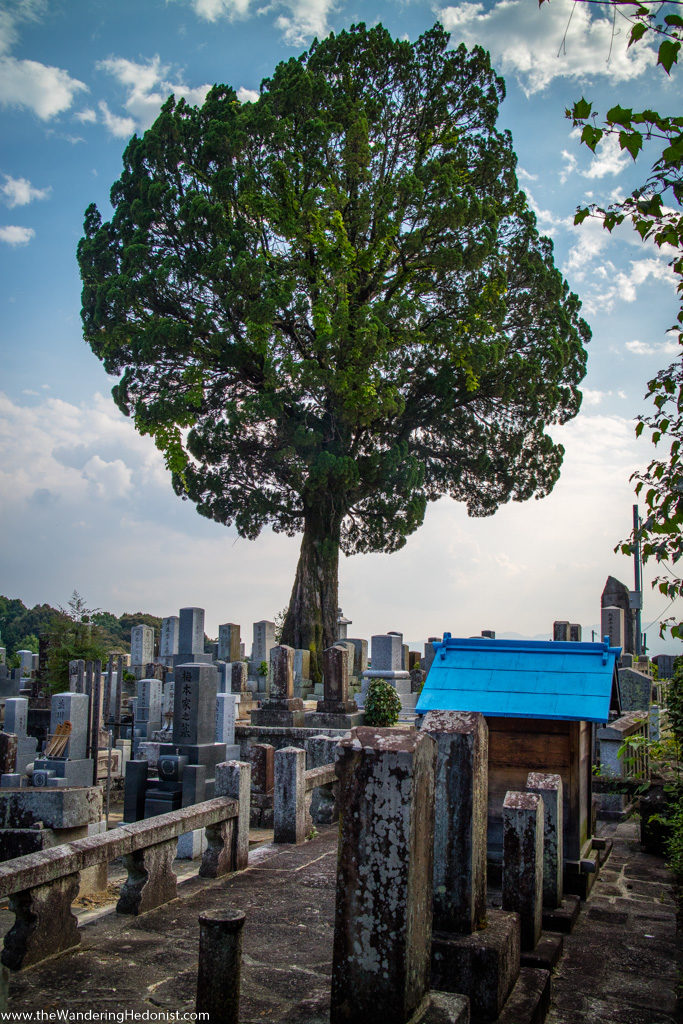
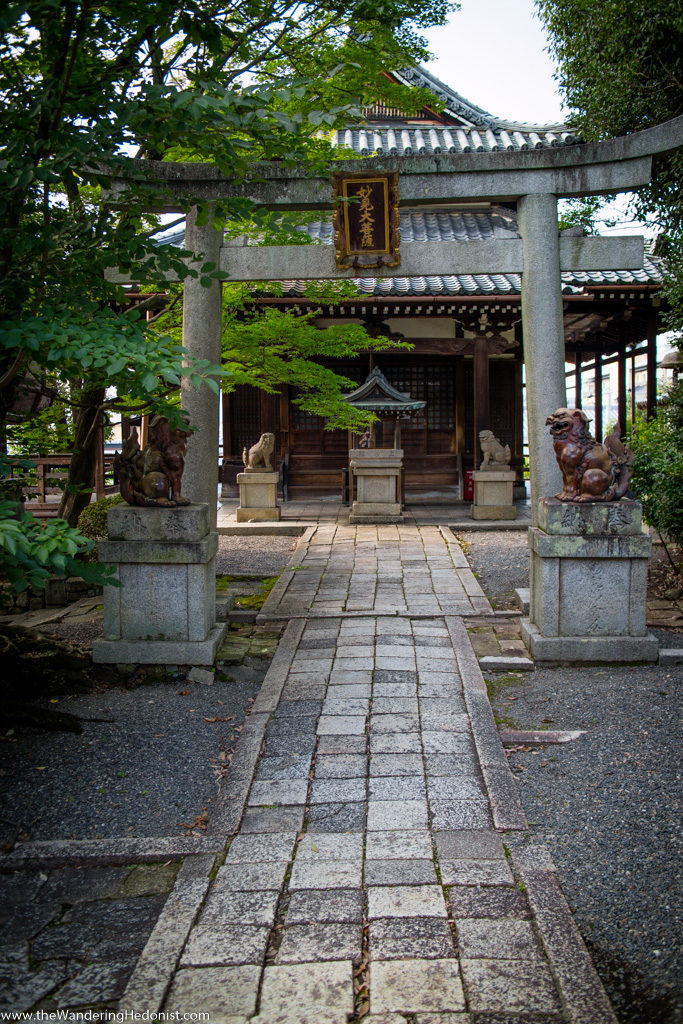

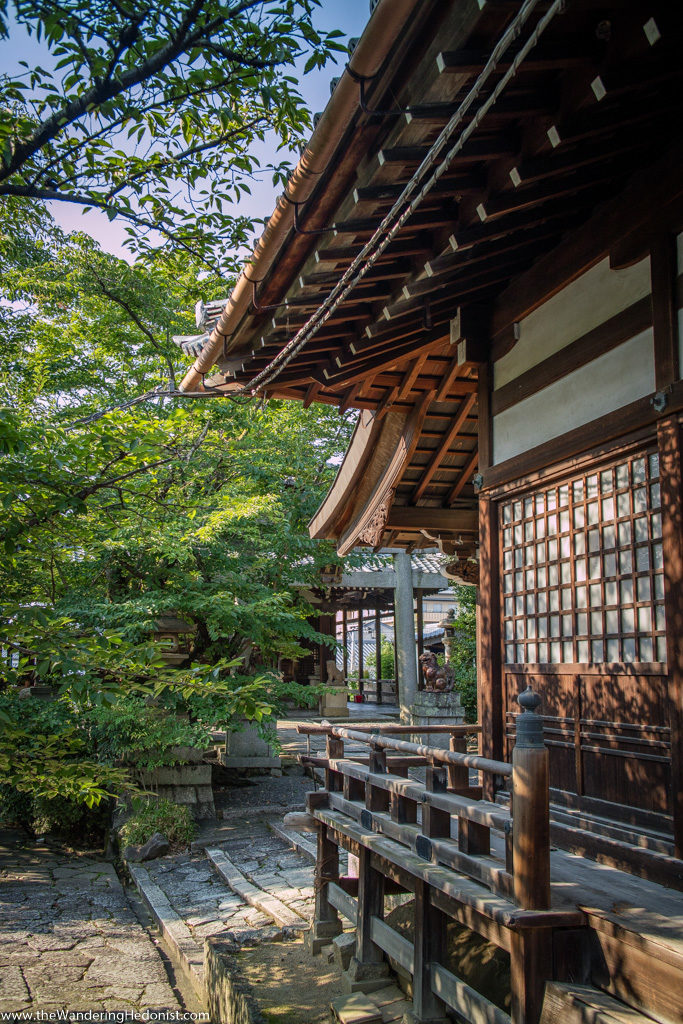
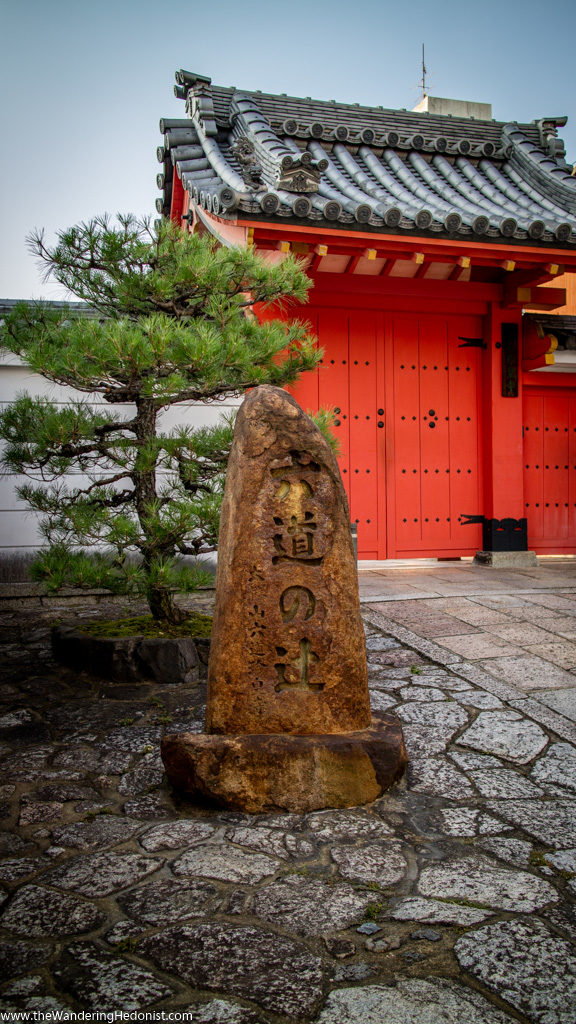
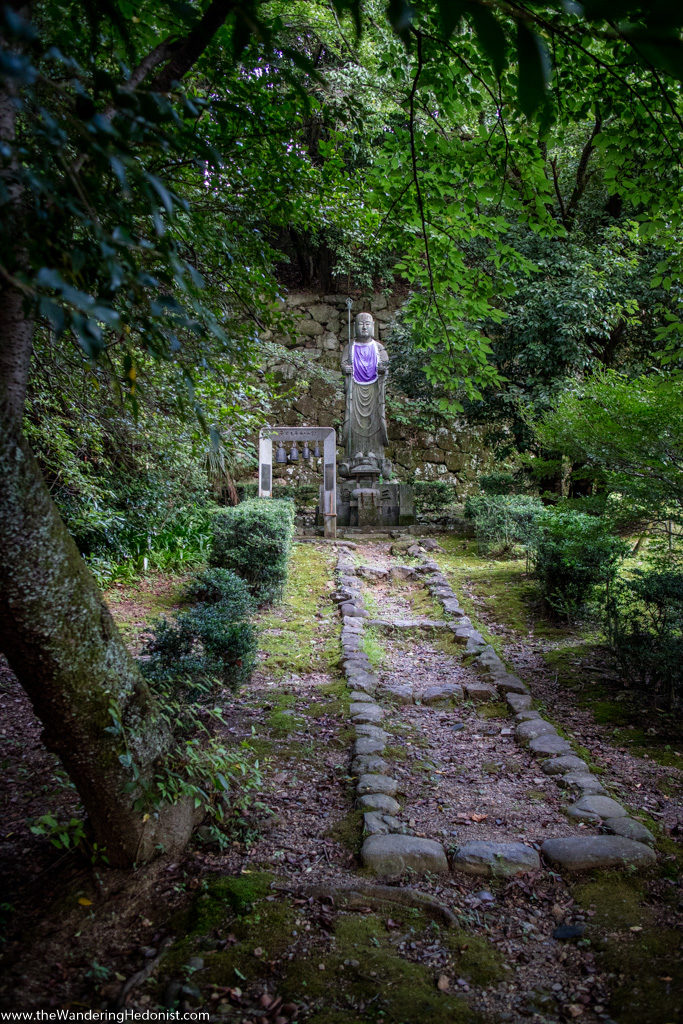




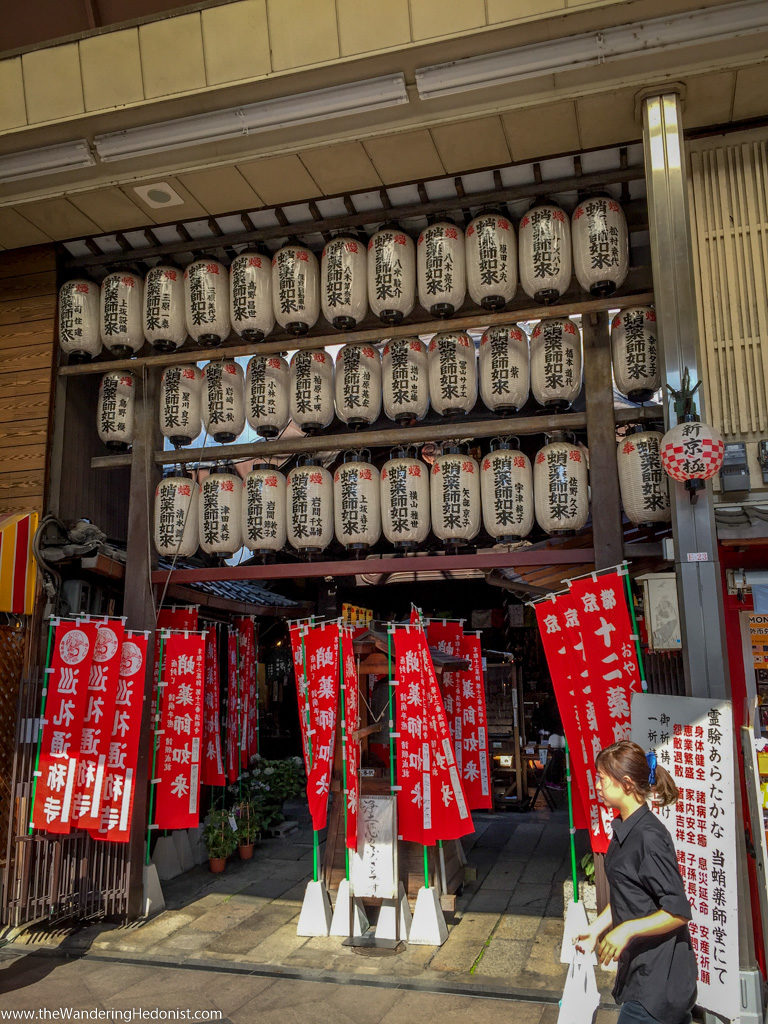


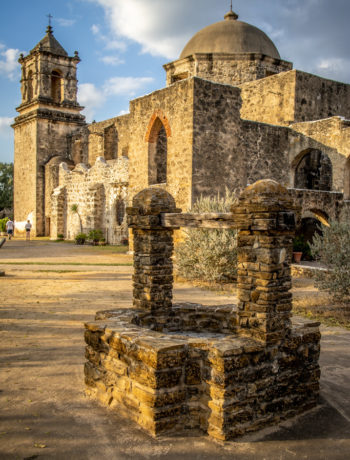
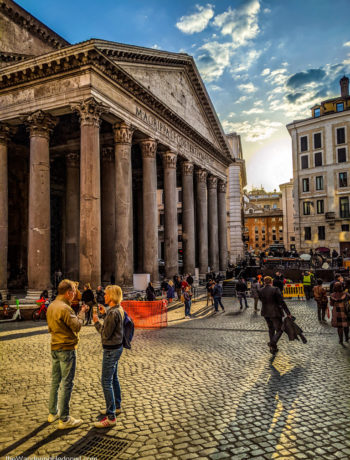

No Comments